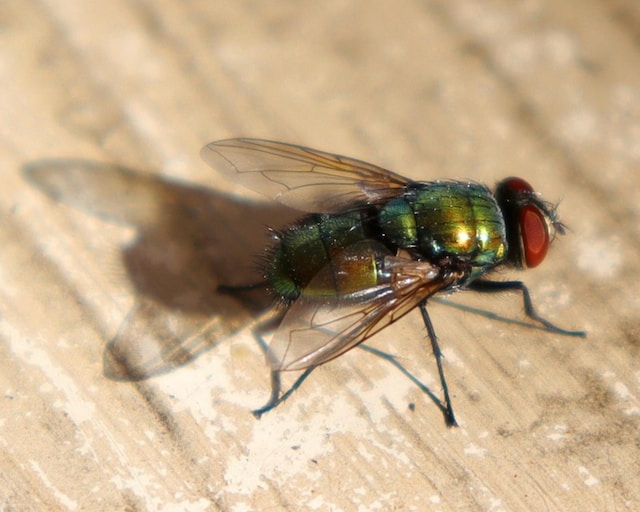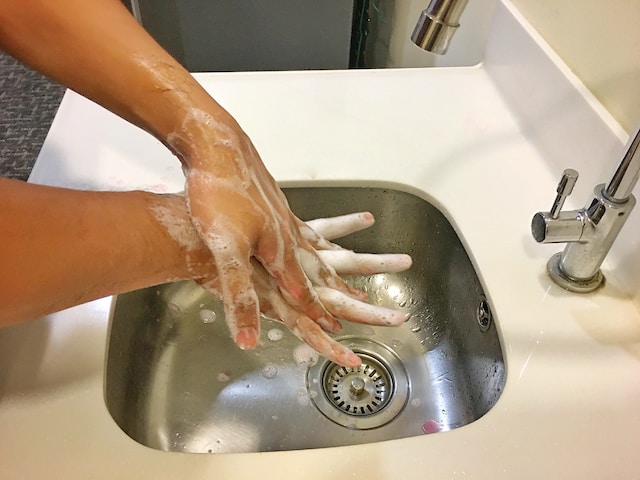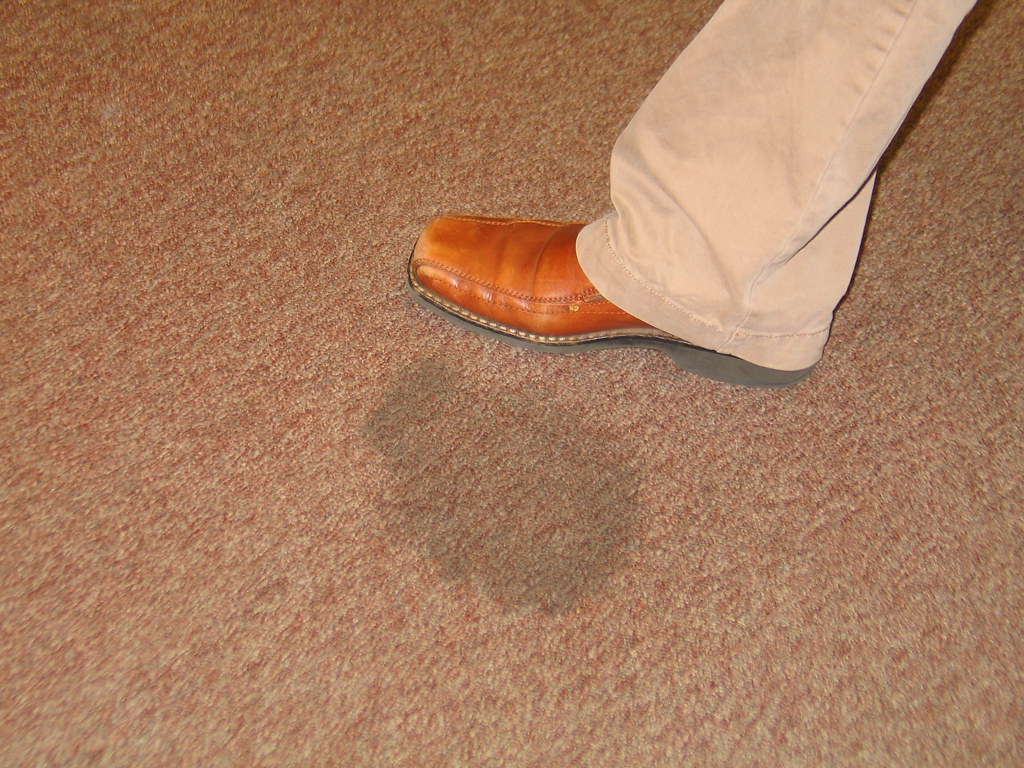At the same time COVID-19 was on everyone’s mind, an outbreak of food borne illnesses drew concern from the U.S. Food and Drug Administration (FDA). From May through July 2020, several states reported outbreaks of Cyclospora infections. By September 2020, laboratory confirmed Cyclospora infections had been reported by 701 people. Thirty-eight were hospitalized, and fortunately, there were no deaths from the outbreak.
Also known as Cyclosporiasis, this infection is caused by a microscopic parasite that invades the small intestine. It gets into the body by drinking contaminated water or, more often, by eating food containing the parasite. In this case, the culprits were iceberg lettuce, red cabbage, and carrots from a food processing center, which was then consumed at home or at a restaurant.
Before discussing ways to prevent such an outbreak, and other ways to keep restaurants and food-service facilities clean and healthy, it might be interesting to point out how the FDA and the Centers for Disease Control and Prevention (CDC) go about determining where, when, and how an outbreak such as this occurs.
Because these government agencies are familiar with Cyclosporiasis, as soon as people become infected, they do the following:
• They interview those infected, asking them to recall everything they consumed in the past two weeks. This is the average incubation period for this infection.
• The interviews look for common denominators, such as eating at the same restaurant or shopping at the same store.
• With this information, the authorities create an illness cluster. An illness cluster identifies two or more people who do not live in the same household but report eating, for instance, at the same restaurant location.
• In the 2020 case, the interviews uncovered that several unrelated ill people ate the same food – those mentioned above – that originated from the same food processing facility.
It was also noted that this same facility was the cause of an earlier Cyclosporiasi outbreak in 2018. That one outbreak infected more than 500 people and as a result, the food processing center had to perform a precautionary recall of all the food items believed to be contaminated.
And because of two similar incidents, the food processing company was under intense pressure to thoroughly review its food processing and cleaning practices to help prevent this from happening again.
Prevention
There are several steps a restaurant or food service facility can take to help ensure the food items they market are safe and healthy. Among them are the following:
Make the food safety messaging easy to grasp. Many people working in food processing facilities or commercial kitchens either do not understand English or speak it as a second language. Because food safety instructions and messaging are so important, operators must use visuals, videos in multiple languages, posters, and even comics to convey the importance of food safety. One operator of 175 restaurants takes this so seriously, they show images of children and adults that have suffered from foodborne illness outbreaks.
Show the numbers. Relating to what we just discussed, restaurant workers and food processing facilities must know how many people are infected and die from a foodborne illness. This brings the seriousness of these outbreaks home. They should know how many people became ill and how many people died.
Bring in quality assurance professionals. If a specific restaurant is determined to be the source of a foodborne infection, operators are often not sure exactly how or why it happened or what steps to take to eliminate the problem. Fresh eyes from food preparation experts can typically identify the source of the problem reasonably rapidly.
Follow cleaning instructions. Proper and effective cleaning in commercial kitchens is central to eliminating pathogens that can cause infections. To do this, most restaurants use sanitizers to clean food-contact surfaces. However, these sanitizers must be used correctly. For instance, our LEXX® Liquid Sanitizer and Cleaner Concentrate is used in commercial kitchens because it is a one-step cleaner/sanitizer, which improves worker productivity. What’s more, LEXX® Liquid Sanitizer and Cleaner is made from high-performing natural ingredients, and has minimal, if any, environmental impact.
The label and the packaging instructions that come with the product also clearly state how the product is to be mixed (diluted) to ensure efficacy and how long the sanitizer should be on a food contact surface to ensure proper sanitation.
Just taking the time to ensure all kitchen staffers know how to use these sanitizers properly is a significant step in keeping people healthy and preventing foodborne illnesses.
Lee Chen is President and COO of ProNatural Brands, LLC, manufacturers of natural, sustainable, and effective citrus-based cleaning solutions. To contact us, click here: Contact – Pronatural (pronaturalbrands.com)






